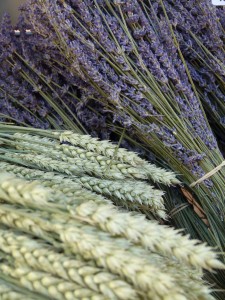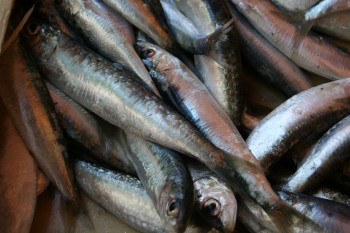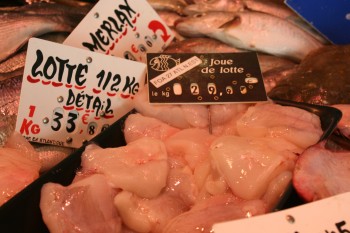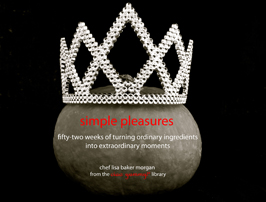venez avec moi en Provence: Peille
“D’où que l’on vienne et pour survive ensemble,
la culture est le lien indispensable.”
([Peille is] where one comes to survive together,
culture is the indispensable link)
Notre Village, Juillet 2010
by Roger Perruquetti
taken from Peille festival poster
One of the reasons I am drawn to France is that it is a place where tradition, manners, and history are respected and honored. Throughout France, down to the tiniest of villages, its inhabitants come together (usually annually) to celebrate the bounty of their region. These “fêtes or manifestations” range from apple picking and lobster trapping in the north to the harvest of jasmine, lemons, and lavender in the south. You will not find sponsored banners or advertisers promoting the events. These are local affairs. If there are 8” by 12” posters, they are designed and hung by the locals themselves. Read the rest of this entry »








